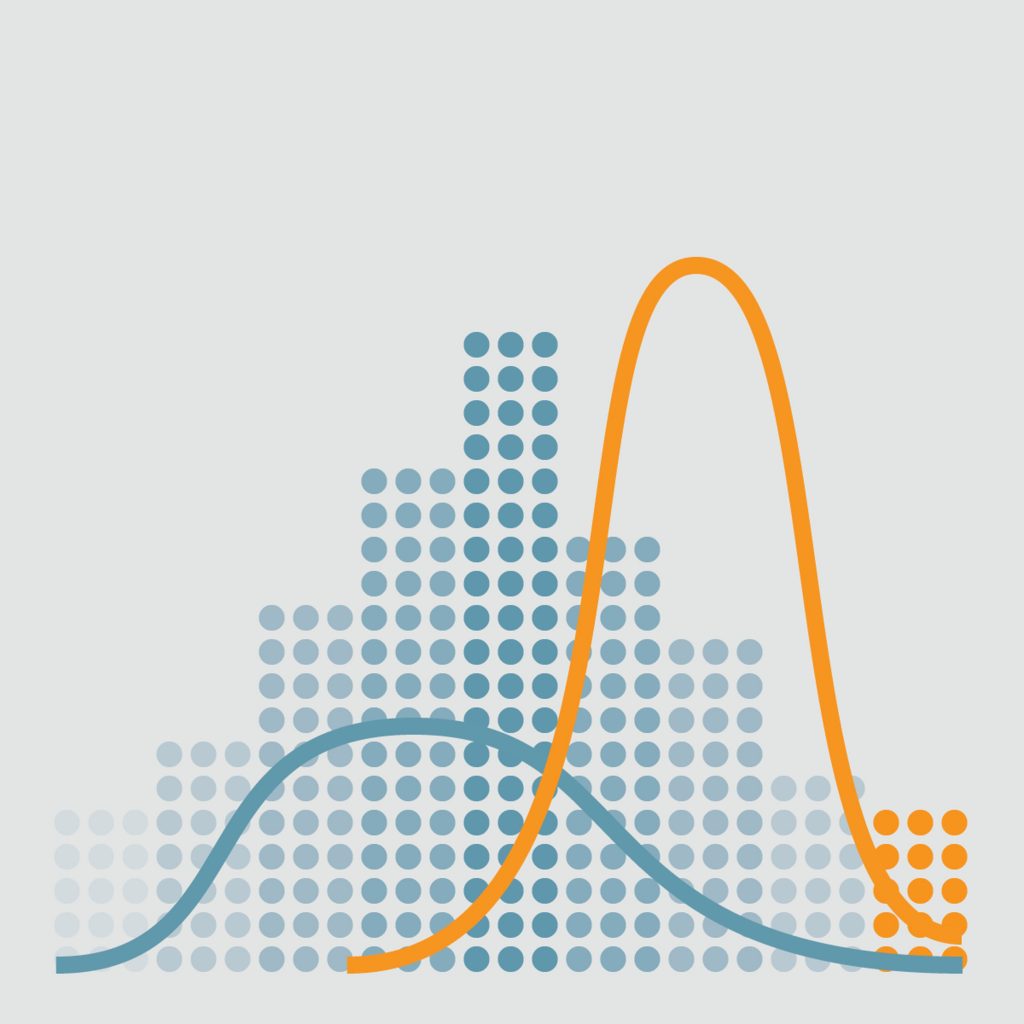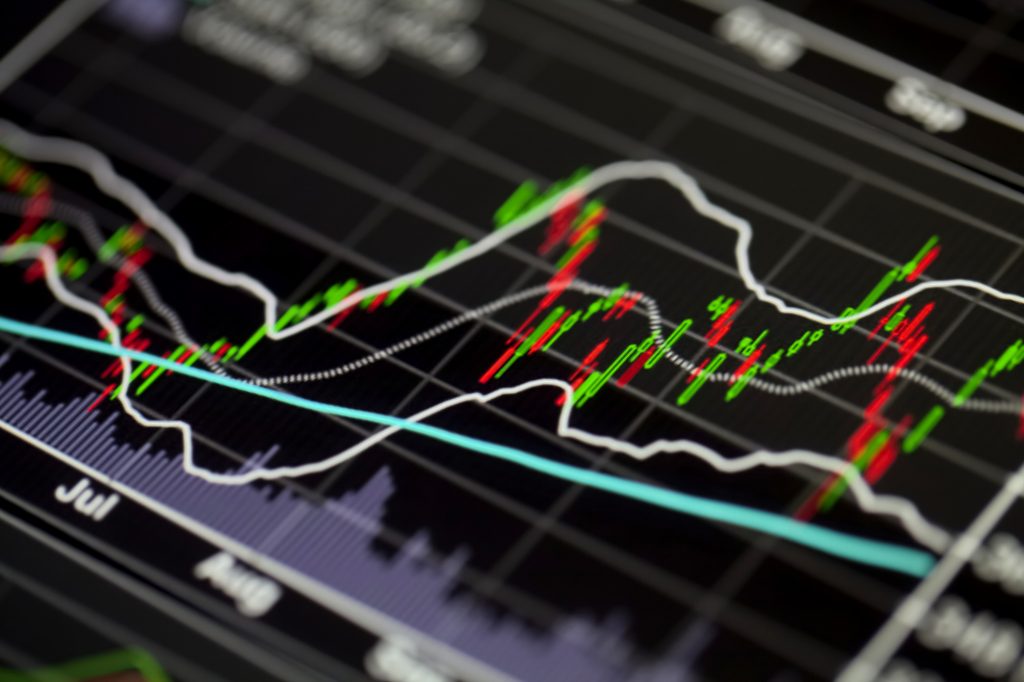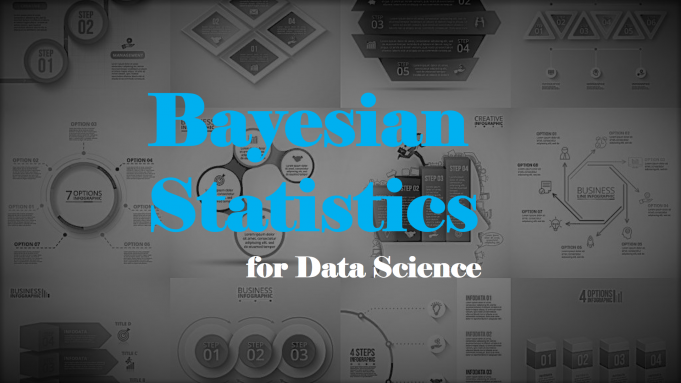In the past seven or eight years, we have seen an explosion in Machine Learning applications. These applications have been very successful in e-commerce, advertising, search, social media, and other verticals. These applications have been heavily focused on predictive accuracy and usually involve large amounts of data, sometimes maybe even hundreds of terabytes. This explosion drove a lot of innovation at the tech giants such as Facebook, Google, Amazon, and Netflix.
Recently, a lot of people have been very interested in learning about modern mathematical techniques that focus on algorithmic trading and quantitative finance, but also on other newly emerging fields of statistical machine learning and data science.
These quantitative skills are now in very high demand not only in the financial sector but also at a lot of consumer technology startups, as well as data-driven firms. Which is probably why you have started your interest in Bayesian Statistics.
In order to understand all the modern mathematical techniques, you must first gain a solid comprehension of the underlying statistics and mathematics that underpin these models. One of the key modern techniques is that of Bayesian Statistics. This article will help you understand what Bayesian Statistics really is and why you should learn it.
What is Bayesian Statistics?

Bayesian statistics is a special approach to applying probability to statistical problems/issues. It provides us with the mathematical tools to revise our belief about random events after seeing new data or evidence about said events.
In particular, the Bayesian inference interprets probability as a measure of confidence or believability that an individual may possess about the occurrence of a certain event.
We may have some previous belief about an event, but our beliefs are prone to change when we see new evidence or data. Bayesian Stastiscs can give us a solid mathematical way of incorporating evidence and our prior beliefs, to create posterior beliefs.
Since explaining the whole philosophy of the Bayesian Statistics in just one article is simply impossible but you want to learn more about it and about Bayes’ theorem or Bayes’ Law, its uses in the real world and all the reasons why you should study it, we recommend that you check out peadarcoyle.com.
Bayesian statistics can provide us with the tools to rationally revise our subjective beliefs in light of new evidence or new data.
This is in contrast to another shape of statistical inference, usually known as frequentist statistics or classical, which assumes that most probabilities are the frequency of particular random events that are occurring in a long run of repeated trials.
What is the application of Bayesian Statistics?

In any application area that you have a lot of noisy or heterogeneous data or anywhere you need a clear understanding of your uncertainty are areas where you can use Bayesian Statistics. From a discussion with a few experts, we found out that some of the areas that have seen early adoption of this statistical philosophy are healthcare, finance, insurance, and e-commerce.
The power of Bayes’ rules comes from the fact that it is related to a quantity we can calculate to one we can use to answer random questions.









